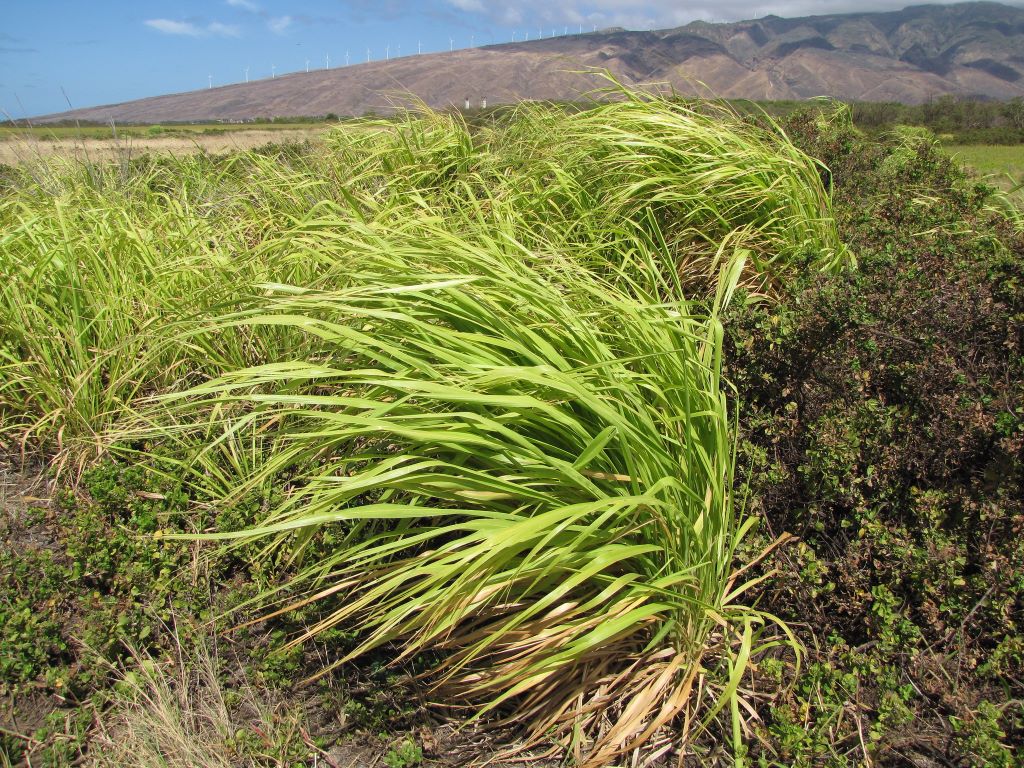Relationships surround us – family members and friends, casual acquaintances and familiar faces. The people we know through work, school, or church and those we see in passing at the grocery store and post office. We swim in a sea of relationships; we shape and are shaped by all the interactions in our lives. Each of us is part of an ecosystem of relationships that has grown and evolved since our first breath.
The term ‘ecosystem’ was coined in 1935 by British scientist Sir Arthur Tansley, who urged fellow ecologists to consider the ‘whole system’ and not just the components. He promoted an understanding of the interactions between plants and animals, the minerals in the soil, the climate, and everything connected to them. Ecologists studying big-picture interactions began using the term as a framework, looking at how energy flows through the entire system, from the producers that transform the sun’s energy to food, through all the layers of consumers and decomposers.
Tansley’s terminology stuck, but the concept was hardly new. Over thousands of years, humans have observed and studied relationships and interactions in their surroundings. The Kumulipo, the Hawaiian creation chant, emphasizes the interconnectedness of the earth, sky, ocean, plants, animals, and humans. So do ancestral narratives from cultures worldwide. Like our own origin stories, there is a beginning—a first arrival, from which all relationships flow. In Hawai‘i, the connections were forged over the millennia, with new species successfully established once every few thousand years—finding or creating new places within the larger fabric. The pace of arrivals has erupted over the last two hundred years, and each new arrival exposes our environment to a potential risk. When a plant, animal, or microorganism has a disruptive or destructive impact, we label it invasive.
Hawaiian soils are naturally low in nitrogen. The ability to thrive in nutrient-poor soils helped ancestral plants colonize the islands, slowly creating forests from bare lava. The invasive albizia tree increases nitrogen in the soil, modifying the ecosystem to support non-native plants. Unfortunately, the excess nitrogen stunts the roots of some native plants, literally throwing them off balance. Invasive plants disrupt other relationships, with impacts cascading throughout the ecosystem.

Invasive species like albizia do more than displace native species, they can disrupt the relationships throughout the ecosystem. For example, albizia increases soil nitrogen content, facilitating other invasive plants’ growth. Photo by Forest and Kim Starr.
Invasive grasses are ecosystem modifiers. Soil moisture is affected by these invasive grasses, as well as the composition of microbes and nutrients that affect the growth of other plants. Often drought tolerant, the grasses grow vigorously over a few months. Then, leaves die back but don’t decompose, and, after a season or two, the leaves accumulate and create a mass of fuels ready to burn.
When fire does happen, native plants generally don’t survive. Of all the amazing forces that shaped the natural history of Hawaii, fire is notably absent; before humans arrived, there was no ignition source (other than lava flows). In contrast, non-native grasses are adapted to seasonal fires, often triggered by lightning strikes. They quickly recolonize a burn scar, from a seedbank, from nearby plants, or sometimes thanks to deep underground roots. Over time, invasive grasses reduce the growth of native plants in Hawaii, and the plant community shifts. Grasses have transformed an ecosystem where fire is rare into a fire-prone one, waiting for a spark.

Even without fire, these altered ecosystems don’t return to native plants. Researchers who examined sites on Hawai‘i Island found that an area that had burned twice was already beyond the threshold for natural recovery, even after 20 years of fire suppression. Plants in these historical burn sites included grasses and invasive woody shrubs.
Like the individual relationships we forge over our lives, most are positive—or at worst annoying. Most non-native plants are desirable for their food or beauty, and either play well with the rest of the clan or can be kept in check with regular maintenance. But some are simply incompatible. Native plants and animals can’t uproot and move elsewhere. Without vigilance, more disrupters will arrive, establish, and forever alter the ecosystems they and we call home.
Sir Arthur Tansley and his peers don’t always include people as a part of the ecosystem. The Kumulipo emphasizes the place of kanaka in the ecosystem. People are not separate from the environment; we are of it. Our relationships are as interwoven with places, plants, and animals as with other humans; as a community, we have he pilina wehena ‘ole – an inseverable relationship – to our environment. When we care for the land, we benefit as well.
Lissa Strohecker is the public relations and education specialist for the Maui Invasive Species Committee. She holds a biological sciences degree from Montana State University. Kia’i Moku, “Guarding the Island,” is prepared by the Maui Invasive Species Committee to provide information on protecting the island from invasive plants and animals that can threaten the island’s environment, economy, and quality of life.
This article was originally published in the Maui News on September 9, 2023, as part of the Kia‘i Moku Column from the Maui Invasive Species Committee.
Read more Kiaʻi Moku articles
